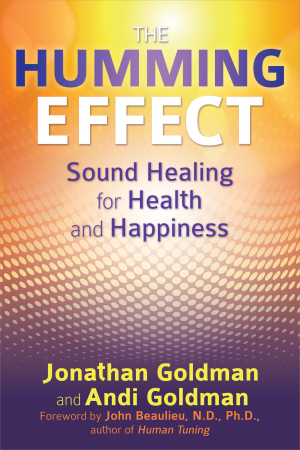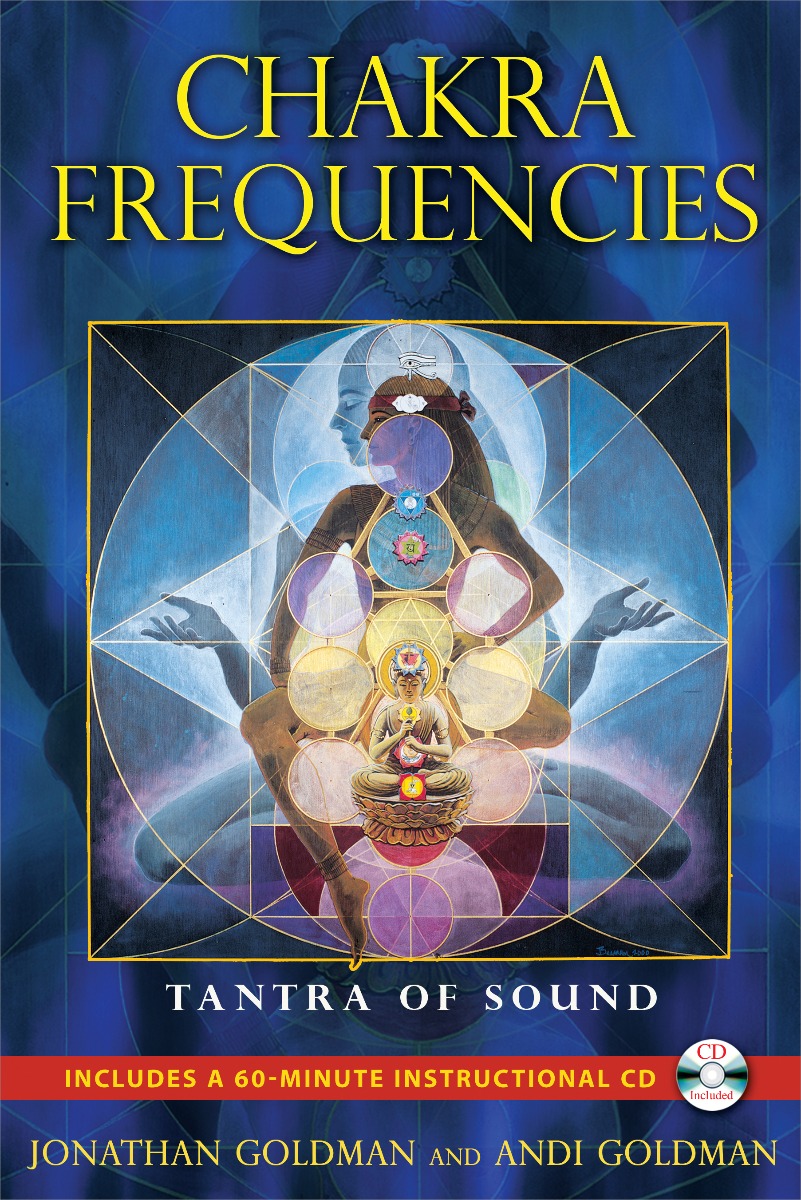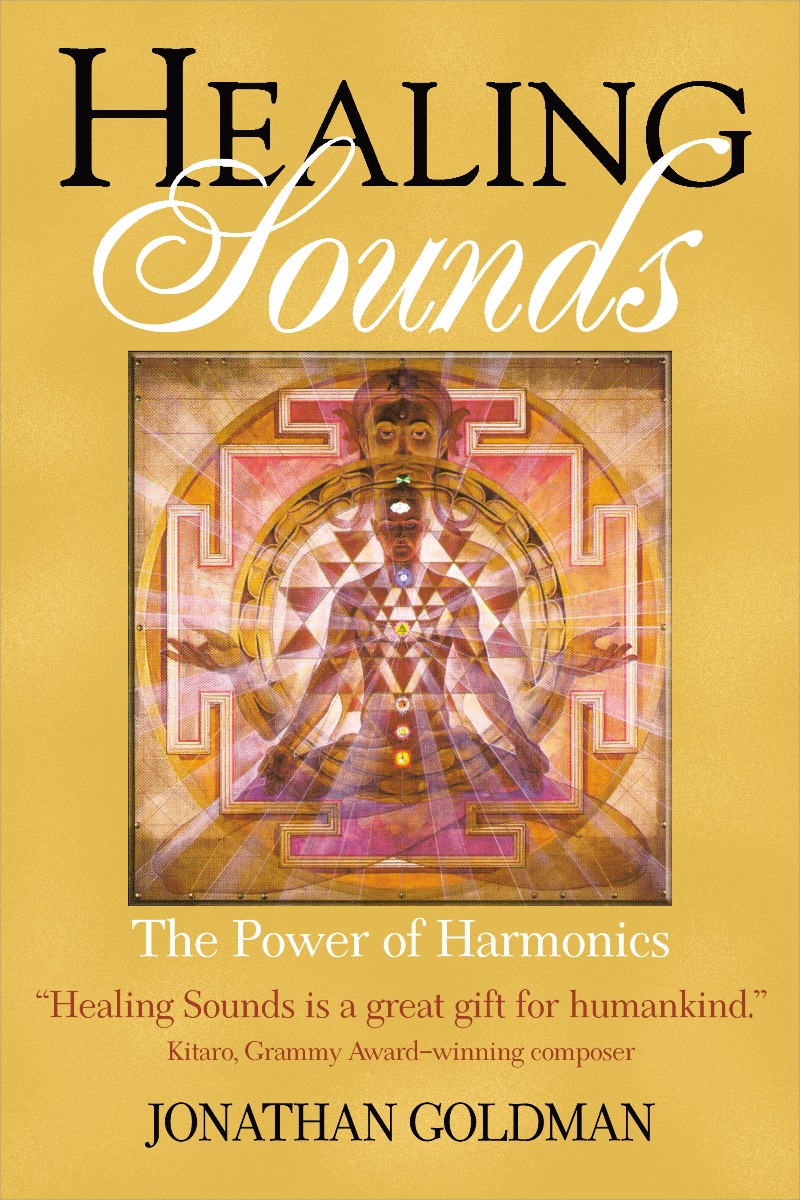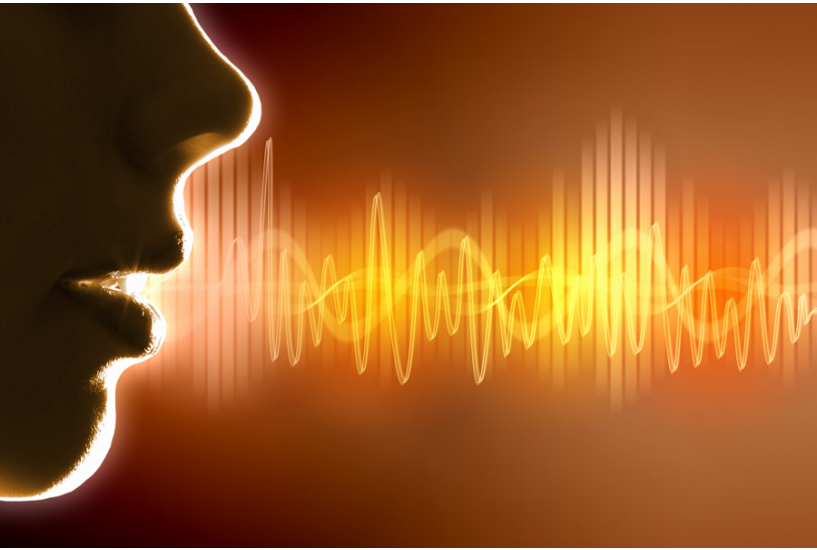Humming as an Anti-Viral Agent
by Jonathan Goldman, author of The Humming Effect
Everyone seems to be contributing their thoughts in this time of what is considered a global pandemic of Covid-19 and it seemed correct to do the same. So in this blog, I will be putting forth some ideas about how we can use sound and consciousness to enhance our immunological system and deal with many of the situations presently occurring.
As many of you may know, I’ve already created a couple of healing sounds YouTube videos (and their downloadable audio mp3s counterparts). For the moment, I’d like to bring your attention to something which has been on the focal point of my sonic consciousness for the past several years. This is humming.
As you may be aware, I’ve been in this field for over 40 years, researching, experiencing and teaching how to use sound for healing and transformation from nearly every aspect of the sound field. Many of these approaches seem to work very well for healing and transformation. Yet after many, many years of teaching sound healing, one troublesome phenomenon seemed to continue—this was the idea for a lot of people that in order to practice sound healing for themselves, they needed to be professional singers, trained musicians or have some ability that they were taught and practiced.
My wife Andi and I wanted to find some sound that everyone could do—some sonic activity that people would not judge themselves about—something that would allow everyone to experience the power of sound to heal and transform. We were talking about this, trying to see if we could figure out a sound that would be inclusive, not exclusive—and allow everyone the power to use their own self-created sounds as tools for healing.
We thought for a moment and then almost simultaneously looked at each other and went: “Hmmmmm”. Thus began the first step toward writing The Humming Effect. The second step was to write about the therapeutic, positive physiological benefits of humming. And this information had to be peer reviewed—from research found in journals that were accepted in traditional medicine and science.
While the process was pretty arduous—you had to know what to search for in order to find this material—it turned out that there was indeed much information that was available. And we presented a lot of this, including how humming caused the reduction of stress, release of melatonin, lowering of heart rate and blood pressure, and much more.
For the moment, I’m going to focus on one aspect of the healing benefits of humming that I think can be immediately applicable to what is happening right now. One of the most striking benefits that continually showed up was the release of Nitric Oxide (abbreviated as NO), a molecule that is, among other things, a vasodilator. Rather than tell you more about it right now, I’m going to ask you to check out this 3-minute video.
This excerpt of a more than hour-long video by Dr. Deitrich Klinghardt, a German MD and PhD, focuses on Nitric Oxide’s use with Covid-19 and in particular, the use of humming to stimulate NO. We were sent this video by a student and we’re grateful for it. While we don’t necessarily agree with everything that Dr. Klinghardt says in his full video, we are totally behind this brief 3-minute excerpt in which he talks about the benefits of Nitric Oxide and humming. Dr. Klinghardt's main slide in the excerpted video states:
"Simple Humming while exhaling instantly increases the nitric oxide concentration in the nasal passages and sinuses – the very tissues where Covid-19 lingers for many days before infecting other tissues” (Weitzberg, Eddie, and Jon ON Lundberg. “Humming greatly increases nasal nitric oxide.” American journal of respiratory and critical care medicine 166.2 (2002): 144-145.)
I have also amazingly discovered a recent ABC News item that Nitric Oxide was being used in an experimental anti-viral treatment at Ohio State University Wexner Medical Center. This was through use of inhaled Nitric Oxide (INO).
The release of NO through humming is covered in the first chapter of our book The Humming Effect. As conjectured in the book, my wife (and co-author) Andi and I believe that the release of Nitric Oxide occurs whenever sound resonates a specific area. Indeed, our friend and colleague Dr. John Beaulieu has shown that when cells in petri dishes experienced the vibratory sounds of a tuning fork, the cells gave off NO. Self-created sounds such as humming seem to act as a sonic massage to our body, resonating the cells and structure of our body. We believe that during a sonic massage, there is the release of NO wherever the vibrations of a hum occurs.
In addition to Nitric Oxide, Melatonin, a hormone with antioxidant properties, is also released through specific self-created sounds, including humming. Melatonin has many different attributes, including its ability to enhance sleep. There is data that indicates that Melatonin also works with our immune system and has anti-inflammatory effects. Some studies also suggest that Melatonin might be useful in fighting infectious disease. Other studies have shown that Melatonin plays a crucial part in the aging process and that it may act as an anti-aging agent.
Melatonin also seems to have anti-viral ability. As an example, here is a peer reviewed paper on that research. Some scientists speculate that since Melatonin levels decrease as we get older, Melatonin may be particularly useful for the “at risk” population. Therefore, we conjecture that the release of Melatonin through humming may be another powerful reason to hum. Among other things, as noted it’s a great way to help get to sleep at night. And a good night’s sleep is always beneficial!
As described in the first chapter of The Humming Effect, there are many other physiological benefits to humming besides the release of NO and Melatonin. Perhaps one of the most important is the reduction of heart rate and blood pressure when we hum. This phenomenon is coupled with the reduction of stress-creating hormones such as cortisol when we hum.
Think about it—one of the things that really compromises our immunological system is stress. If we can reduce the release of cortisol, as well as reducing our heart rate and blood pressure, this may ultimately be one of the most important activities we can undertake during this time of Covid-19. How many of us are stressed out or anxious because of the various difficulties that are occurring on a global level?
Humming truly is a good way to reduce stress and anxiety. Andi and I have found that if we’re about to go into a meeting or do some task that may be challenging and we find that we’re nervous, all that’s necessary is for us to spend a couple of minutes taking some nice deep breaths and humming. Our heartbeat and blood pressure most usually will drop quite amazingly—to about the level that pharmaceuticals might achieve. How extraordinary! Deep breathing and humming can have an almost instantaneous calming effect upon our psyche and nervous system.
Many of us are having difficulty coping with some of the extraordinary changes that are occurring at this time. Without going into the various reasons why, I think most of us agree that stress is truly predominant these days. If you find yourself needing a chill out break, perhaps you’ll consider taking a sonic vacation through humming.
Conscious Humming Practice for Beginners
When you practice “conscious humming,” allow at least 10 minutes for this activity—5 minutes for the actual humming and then 5 minutes to be in silence. Please note that the effects of sound can be cumulative. In addition, it is often in the space of silence that the most powerful effects occur. Silence is the yin to the yang of sound and is an equally important part of the sonic experience.
Here are 10 steps to first begin conscious humming.
- Find yourself a comfortable place where you can make sound without being disturbed.
- Sit up straight.
- Close your eyes.
- Take a few slow deep, breaths (which is called diaphragmatic breathing) in which your breath goes into the lower part of your lungs and down to your belly. This allows your body to relax. Deep breathing is essential for conscious humming to occur.
- As you take these first deep breaths, begin to focus your intention on what you’d like to experience through your humming and where you’d like to feel the humming resonate in your body. The projection of intention of the sound is what creates the process of conscious humming.
- After a few breaths, begin to sound forth with a hum that is comfortable for you. Try this with one pitch. Usually mid-range is good to start. After you’ve done this practice a number of times, you can begin playing with the pitch to see where the resonance occurs and what works best for you.
- Do this practice of deep breathing in and then sounding forth with a hum for about 5 minutes (this will be about 25 hums).
- Be aware of where the sound is naturally vibrating in your body.
- Stop making sound and sit in silence, being aware of where the sound has resonated and any changes you may have experienced. Allow yourself 5 minutes to be silent.
- When you are ready, open your eyes and center yourself. Most people have never consciously hummed before and you will probably find it is a very powerful experience.
Please note: This is an introductory humming practice. There are much more advanced aspects. For those interested, please check out the information and tehchniques in The Humming Effect.
Remember—we will get past the pandemic time of Covid-19, but the positive effects of humming can last a lifetime! Be well and happy humming!
 |
 |
 |



